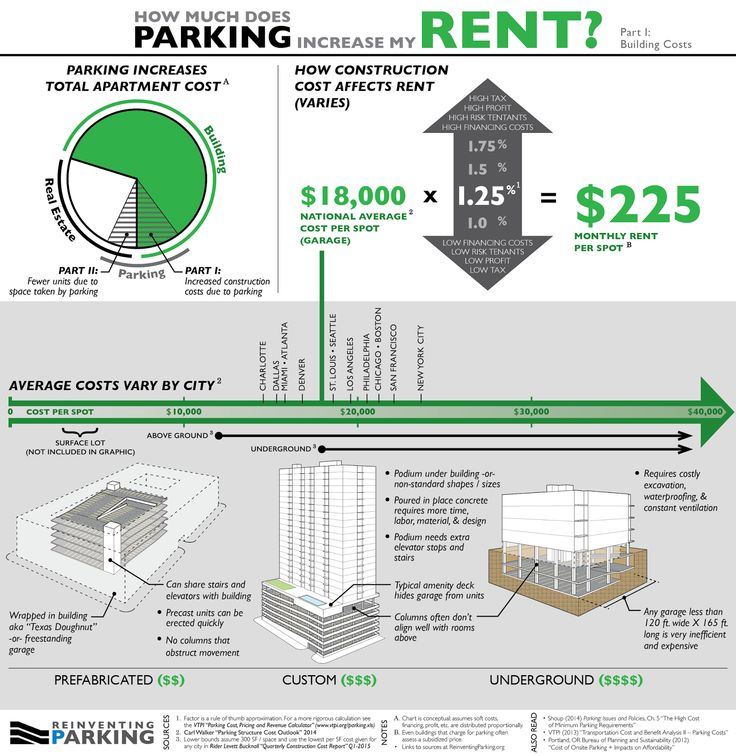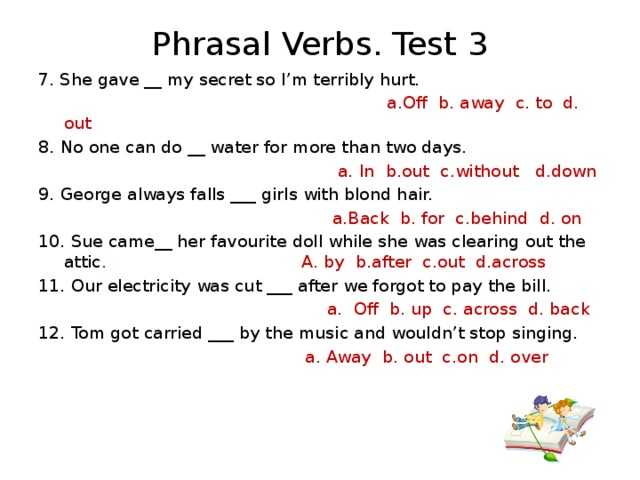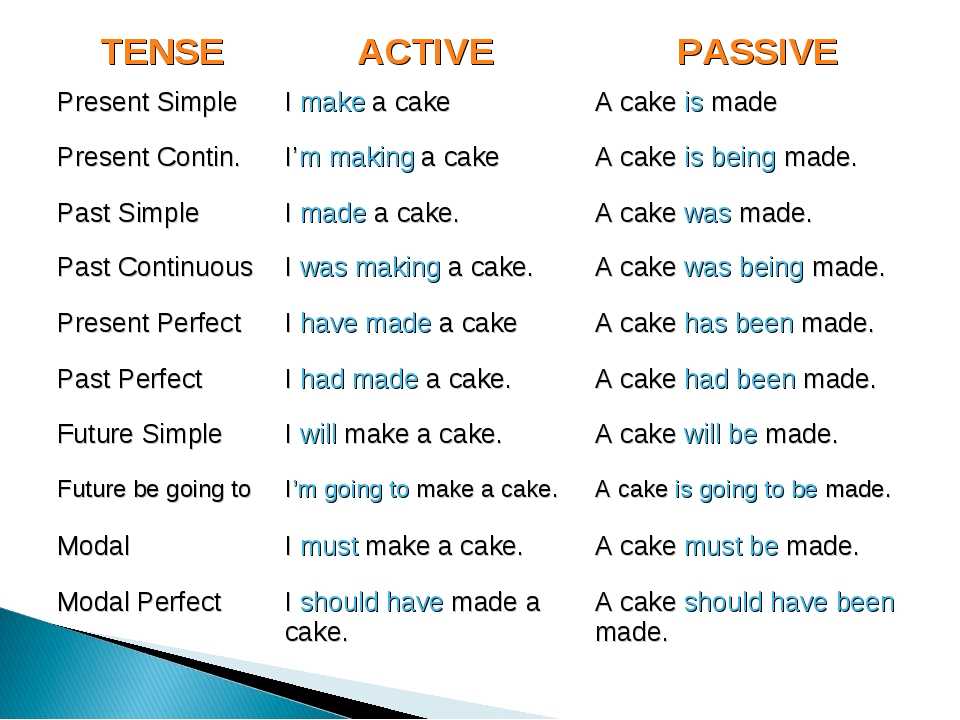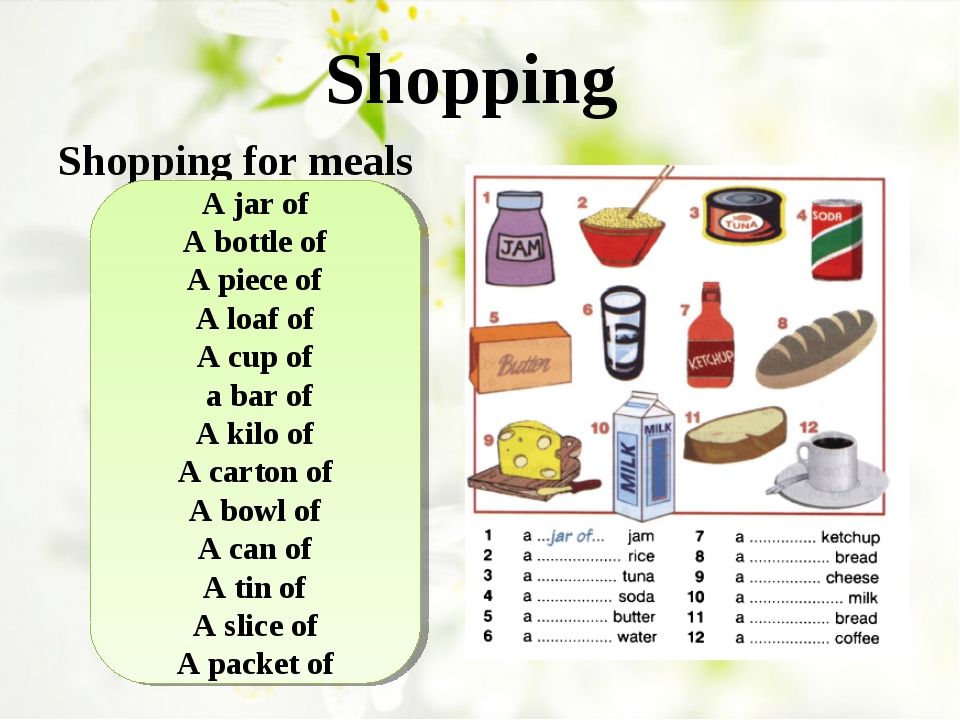What is Tire Repair?
Tire repair refers to the process of replacing a faulty tire with a new one or simply repairing a tiny puncture. While it sounds like a job anyone with two hands can handle, it’s recommended to go to a shop that specializes in repairing tires to ensure that you get your problem solved completely.
Why You May Need Your Tire Repaired?
Years ago, car owners frequently dealt with the superfluous hassle of repairing their tires due to the quality. Thanks to the manufacturers and present day technology, tires are meant to withstand even the worst conditions on the road. While this holds much truth, it is not uncommon for people to find themselves needing to have their tire(s) repaired due to weather or other hazards on the road.
How Much Will A Tire Repair Run You?
While a tire repair won’t cost you an arm and a leg, it will cost you a bit of your time. If you’re looking into having a puncture repaired on a tire, you’re looking at spending on average between $10 to $20 dollars. The size of the puncture makes a huge difference and will determine the amount you will spend on getting your tire repaired.
Important Facts You Should Know About Tires
What Process is Used When Repairing a Tire?
A tire plug is exactly what it sounds like; a sticky expandable plug that is inserted into the puncture in hopes of keeping the injury secure long enough for the tire to re-inflate with air. A patch is also pretty self-explanatory when it comes to description. Better known as a radial patch, this piece of material is used to seal up the damaged tire. Due to the heat caused by driving, the patch eventually melts into the tire completely erasing all notices of repair.
A patch is also pretty self-explanatory when it comes to description. Better known as a radial patch, this piece of material is used to seal up the damaged tire. Due to the heat caused by driving, the patch eventually melts into the tire completely erasing all notices of repair.
Most vehicles are equipped with a spare tire if you happen to be running on a flat. In some cases, you might have to go to your local car shop to purchase a tire depending on the circumstances.
The Difference Between a Plug and a Patch
While the plug takes less time and can be down without removing the entire tire in comparison to the plug, it’s more likely for a car owner to come back in a shorter amount of time for yet another repair after getting a plug opposed to a patch.
Sources:
http://www.tirereview.com/back-to-basics-1-basic-tire-repair/
https://www.carsdirect.com/car-repair/average-tire-puncture-repair-cost
http://txtire.com/blog/view/fixing-flat-tires-tire-plug-vs-radial-patch
Your Name (required)
Your Email (required)
Phone (required)
What is the best way to reach?
Phone
Email
Tire patching is a method to restore the original appearance of the wheel part. People use the patch method because their car does not have too big a problem, and they just need to perform small tips to save the budget.
People use the patch method because their car does not have too big a problem, and they just need to perform small tips to save the budget.
However, not everyone is good at this, and the best solution for them is to seek the help of repair shops. So, how much does it cost to get a tire patched?
This task will cost you between $5-$20, depending on the severity of the tear. Of course, some shops will give you free if you buy their replacement tires!
Why Do Tires Go Flat?The process of moving is subject to many external forces, causing the tires to deflate. The cause comes from many sides, but it is not a coincidence.
There are three ways to explain this phenomenon:
When it meets the right, less durable sides, it will puncture the tire, and the gas leak occurs the next day. However, the process will take a long time, depending on how severe the object has been.
However, the process will take a long time, depending on how severe the object has been.
Can we take this as another way of stating protection? It’s not too difficult to do; even with just being meticulous, you have adequately protected your tires. Here are three measures to refer to:
Checking dailyRegularly taking your tires in for maintenance is the best way to protect your car. Here, the tires and the whole as a whole will be to detect potentially harmful problems and then provide solutions to protect and eliminate the risk. As for the tire, it will be to look for wounds, thereby limiting deflation.
Here, the tires and the whole as a whole will be to detect potentially harmful problems and then provide solutions to protect and eliminate the risk. As for the tire, it will be to look for wounds, thereby limiting deflation.
Although it is difficult to guarantee that it is 100% avoidable, try to keep the collision rate as low as possible.
When entering a road with signs under construction or places full of potholes, you should adjust your driving speed, carefully look at the road, and make sure the tires do not encounter dangerous objects.
Track tire recallsAlthough the manufacturing process of the auto industry is always rigorous, there are also shipments with incorrect specifications that cause dangers when used. You should follow the brand to know more about recalls, if any.
Is Tire Stickers Possible?It’s up to you whether you want to use a gluing service. Don’t confuse gluing with car patching. The meaning of the word “patch” is clearly as a measure to repair wounds and holes that make the car unable to operate. As for gluing tires, paste the letters on the wheel body to increase aesthetics.
The meaning of the word “patch” is clearly as a measure to repair wounds and holes that make the car unable to operate. As for gluing tires, paste the letters on the wheel body to increase aesthetics.
It does not have any effect in protecting the wheel body. Although manufacturers do mention the longevity feature of long-lasting tires, it’s important to remember that there’s too much to decide whether the wheel or running tire itself will last a long time.
How Much Does It Cost To Get A Tire Patched?The cost depends on the selected maintenance center; the amount of this service is not uniform. But the number is not too expensive, ranging from $30-40$ for a patch.
A mechanic takes 15 minutes to remove the tire from the rim to find the leak and 20-30 minutes for the repair and finishing work.
Although the job is not too difficult, it requires a high level of skill, so for some shops, the price to fix the car can be higher than $5-10$. You can also buy the equipment and repair it yourself. But honestly, we don’t recommend this.
But honestly, we don’t recommend this.
In case you cannot repair the patch, then bring it to the center for support. There, they will have specialized tools and professional ways to ensure safety after patching. Mastering knowledge and experience is always good in all situations, primarily related to security.
Tire Maintenance TipsTire pressureWheels always need to be in a stable gas state, and it helps maintain the movement and increase the ability to support the force. The gas pressure should not be too high or vice versa.
When the air in the wheel is too low, the speed of travel slows down, and the tires cannot overcome obstacles, especially rough roads.
But if it’s too tight, it will explode because it can’t handle operation pressures well. The primary advice is to use a dedicated gas pressure gauge to catch and control the gas in the wheel well.
Periodically try to rotate the tire to prolong its life and evenly distribute the wear on all four wheels. Regardless of whether you do it yourself or with professional help, this is an excellent opportunity to grasp the damage situation that the vehicle is facing.
Do not overloadThere are indicators recommended to users in each one, including the load that the tire can withstand and the notes not to do.
To ensure safety, you should carefully read the notes and avoid carrying too many unnecessary items to put pressure on the body and the wheels.
Tire balanceExperts recommend that users balance the tires after traveling 12,000 miles or when the car has problems with the steering wheel.
The balance helps evenly distribute the force on all four tires, limiting rapid wear. It also eliminates vibration, creating a comfortable feeling for the user.
For more tips, watch this video:
ConclusionAbove is the knowledge related to the tire patching process or wheel maintenance. We hope that this knowledge can be helpful to you when you encounter similar situations. Do not hesitate to share the information with your family and friends because they may also need it.
Is the article PERFECT for your needs? Do you have other useful knowledge? Please share with us via the comments below. We are happy to share with you!
Thank you for reading!
This post was last updated on
Vladimir Gavrilov
Estimated reading time: 3 minutes
8403
Category: Service Auto
In the spring, you often have to resort to the services of tire fitting services. The wheel suddenly descends, and one swap with the compressor is enough for literally a couple of hours. This is enough to get to the workshop. Employees usually inspect the tire and offer repair options of varying cost and complexity, ranging from a simple flagellum to a complex patch on the inside of the tire. Which way do you prefer?
The wheel suddenly descends, and one swap with the compressor is enough for literally a couple of hours. This is enough to get to the workshop. Employees usually inspect the tire and offer repair options of varying cost and complexity, ranging from a simple flagellum to a complex patch on the inside of the tire. Which way do you prefer?
Repair with a small tape impregnated with sealant is the easiest and cheapest of all the methods listed. Even a motorist on the side of the road can execute it. To repair with a flagellum, it is not necessary to remove the wheel from the hub.
Flange repair kits are available from all parts stores. They include an awl, a file, flagella and sealant. The repair technology is simple. First, a puncture site is searched for in the rubber, a nail or self-tapping screw is removed with pliers, and the resulting hole is cleaned with a file.
Usually the tool is screwed into the hole like a self-tapping screw and then pulled out along with the bits of rubber embedded in it. The hole is smooth and round.
The hole is smooth and round.
Next, you can put the flagellum. They are sold in packages and in a protective film that prevents the applied sealant from drying out. The length of each flagellum is about 200 mm.
Take an awl with an eye for installing the harness and push it into the hole in the tire to the middle. The ends of the bundle remain outside. We pull out the awl and cut off these ends. The flagellum completely closes the hole and can easily withstand pressure up to 3 atm.
True, such repairs are short-lived. Over time, the flagellum is squeezed out of the hole, and the wheel begins to bleed air. Therefore, if possible, it is better to visit a tire shop and install a more reliable element.
This tool is used for quality and reliable tire repairs. True, the installation of the fungus is possible only in the workshop after removing the tire from the disk.
The repair tool is an adhesive patch with a foot to fill the puncture site. After cleaning the damage with a file, the fungus is inserted into the hole from the inside and pressed tightly with a press for a better fit. The leg and cap, lubricated with glue, are well fixed on the rubber and cover the puncture site. Such a patch can work for many years without losing pressure in the wheel. But this repair is five times more expensive than installing a flagellum. They resort to it if the hole turned out to be large.
After cleaning the damage with a file, the fungus is inserted into the hole from the inside and pressed tightly with a press for a better fit. The leg and cap, lubricated with glue, are well fixed on the rubber and cover the puncture site. Such a patch can work for many years without losing pressure in the wheel. But this repair is five times more expensive than installing a flagellum. They resort to it if the hole turned out to be large.
This type of repair has been used for many decades. Twenty years ago, it was almost the only way to repair major damage. However, now patches are extremely rare.
Their disadvantage is that, due to the large fixation area, it is rarely possible to adhere the material evenly. Cavities appear through which air escapes.
However, a patch may be necessary for severe cord cuts with torn rubber damage that the fungus can no longer cope with. It is difficult to clean them, which is why the leg of the fungus cannot fit snugly into the puncture site. Therefore, the entire problem area is sealed with a layer of rubber.
Therefore, the entire problem area is sealed with a layer of rubber.
Patches are not as reliable as fungus, but they do help to repair half-centimeter cuts. Sometimes patches are even glued to hernias from the inside in order to keep the tire working for some more time for a trip to the wheel shop.
Long driving with patches is not recommended.
tire repaircar maintenancetips for motorists
Next story
Media news2
KrasnodarArmavirGelendzhikTuapseSochiNovorossiyskBelorechenskMaikopRostov-on-DonSimferopolStavropolAstrakhanst. Kanevskaya station Vyselkist Dinskaya Volgograd Voronezh
TSC No. 13 pos. Verkhnebakansky, st. Bakanskaya, 8A
+7 (928) 331-07-76
Around the clock
TSC No. 29, Volgograd, 30th Anniversary of Victory Blvd., 9
+7 (937) 088-44-27
Mon-Fri from 09. 00 to 20.00, Sat from 9.00 to 19.00, Sun from 10.00 to 18.00
00 to 20.00, Sat from 9.00 to 19.00, Sun from 10.00 to 18.00
TSC No. 28, Rostov-on-Don, Mikhail Nagibin Avenue, 7B
+ 7 (988) 997-61-11
Mon-Fri from 09.00 to 20.00, Sat from 9.00 to 19.00, Sun from 10.00 to 18.00
TSC No. 18, Krasnodar, Berezovy village, Karl Gusnik st., 17
+ 7 (938) 538-53-11
Mon-Fri 9:00 - 20:00; Sat 9:00 - 19:00; Sun 10:00 - 18:00
TSC No. 27, Sochi, Batumi Highway 94/20
+7 (928) 272-72-55
Mon-Fri from 09.00 to 20.00, Sat from 9.00 to 19.00, Sun from 10.00 to 18.00
TSC-26 Voronezh, st. Volgogradskaya 30
+7 (930) 406-78-84
Mon-Fri from 9.00 to 18.00
TSC No. 25, Volgograd, Bureyskaya st., 8
8 (937) 088-42-78
Mon-Fri from 9. 00 to 18.00
00 to 18.00
TSC No. 22, Stavropol, ave. Kulakova, 18
+7 (938) 517-77-03
Mon-Fri from 9.00 to 18.00
TSC №21 Armavir, Efremova 319
+7 (918) 322-76-38
Mon-Fri from 09.00 to 20.00, Sat from 9.00 to 19.00, Sun from 10.00 to 18.00
TSC No. 19, Krasnodar, st. Selezneva 197/5
+7 (989) 169-34-16
Mon-Fri 9:00 - 20:00; Sat 9:00 - 19:00; Sun 10:00 - 18:00
TSC No. 17 Astrakhan, 1st passage Rozhdestvensky 11a
+7 (988) 172-66-88
Mon-Fri from 9.00 to 18.00 Sat-Sun day off
TSC No. 16, Rostov-on-Don, st. Dovatora, 154/5
+7 (989) 527-11-86
Mon-Fri from 9.00 to 18.00 Sat-Sun day off
TSC No. 15 st. Vyselki st. Luneva, 29a
15 st. Vyselki st. Luneva, 29a
+7 (918) 199-67-89
Mon-Fri from 9.00 to 18.00, Sat from 10.00 to 15.00, Sun from 10.00 to 15.00
TSC No. 14 Crimea, Simferopol, 11 km. Moscow highway
+7 (938) 517-77-82
Mon-Fri from 9.00 to 18.00 Sat, from 10.00 to 15.00, Sun closed
TSC No. 12, Gelendzhik, st. Lunacharskogo, 310A
+7 (918) 027-88-99
Mon-Fri from 09.00 to 20.00, Sat from 9.00 to 19.00, Sun from 10.00 to 18.00
TSC No. 11 st. Kanevskaya, st. Sverdlikova, 277d
+7 (988) 312-97-70
Mon-Fri from 09.00 to 20.00, Sat from 9.00 to 19.00, Sun from 10.00 to 18.00
TSC No. 10, Krasnodar, st. Russian, 339
+7 (989) 298-90-17
Mon-Fri 9:00 - 20:00; Sat 9:00 - 19:00; Sun 10:00 - 18:00
TSC No. 9, Tuapse, p. Kroyanskoe, st. Solnechnaya, 1B
9, Tuapse, p. Kroyanskoe, st. Solnechnaya, 1B
+7 (918) 060-47-17
Mon-Fri 9:00 - 20:00; Sat 9:00 - 19:00; Sun 10:00 - 18:00
TSC No. 8, Krasnodar, st. Stavropolskaya, 214/5
+7 (918) 060-47-08
Mon-Fri 9:00 - 20:00; Sat 9:00 - 19:00; Sun 10:00 - 18:00
TSC No. 7, Krasnodar, st. Dinskaya, Federal highway M4 1308 km, 3
+7 (918) 060-47-07
Around the clock
TSC No. 6 Belorechensk, st. May Day, 122
+7 (988) 369-96-37
Mon-Fri from 09.00 to 20.00, Sat from 9.00 to 19.00, Sun from 10.00 to 18.00
TSC No. 5 Maykop, st. Hakurate, 555
+7 (918) 060-47-05
Mon-Fri 9:00 - 20:00; Sat 9:00 - 19:00; Sun 10:00 - 18:00
TSC No.